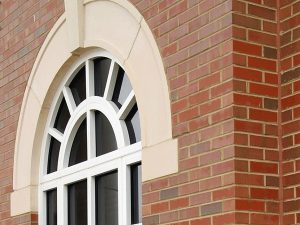An Outdoor Space For Any Season
COVID changed the way we live in our homes and use the space. We became stir crazy so outdoor spaces became necessary. This was harder to do in the colder months of our stay-at-home orders. Since outdoor spaces have become a staple in the home, professionals have some tips on how to keep your outdoor space ready to use during those colder months.
Define the Outdoor Space
Outdoor space must be at least 30% open to be considered an outdoor living area. This means that if you have a patio that is partially covered, it can collect heat inside the structure called a heat cloud. To create a convectional heating effect, you have to design the right kind of space.
Understand the Types of Heat
Managing the direction of the heat flows is very important. A great way to do this is to use directional heating elements. Using this system will prevent overheating the space.
Choose the Power Source
When it comes to the power source, there are three types which include natural gas, liquid propane, and electric. When choosing which fuel is best for your space consider the space confinement and design, availability of utilities, and cost of operations.
Choose a Heat Wave
There are different types of heat waves. Direct heat uses both short and medium-wave technology making it the producer of the highest levels of efficiency. Indirect heat uses both medium and long waves making it more vulnerable to wind and external factors. Directional heat gives a better coverage because the heat is pushed in one direction. Non-directional heat will heat evenly in all directions.
Determine Long Term Needs
The rates for the different types of fuel vary with natural gas costing around $0.40 per hour, $8.00 per hour for propane, and $0.88 per hour for electric. This will also be affected by where you live in the US. If you live in the south, you will use less heat than if you live up North.
Comply With Building Codes
This is very important because it is the law. Building codes are set by the US Building Code. These standards cover topics such as: where heaters can and cannot be installed, the requirements of different power supplies, air flow, ventilation needs, and the required clearance from combustibles.
Heaters come in many different styles and types. Remember these factors when determining which type is best to use for your outdoor space.
